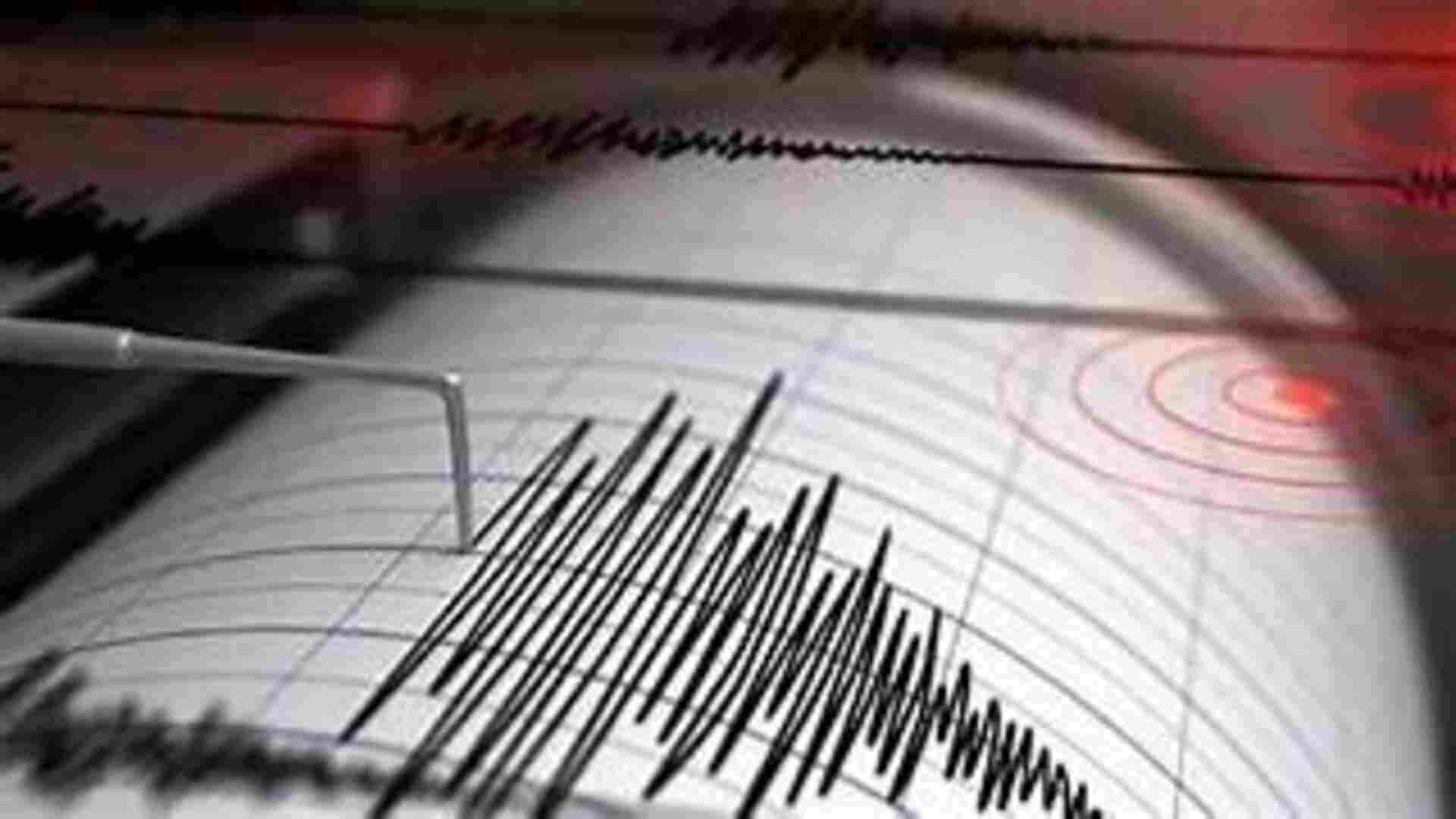Air pollution can significantly impact the health of people. It is well-known that the combined impacts of indoor and outdoor air pollution can irritate the airways, which can lead to chest pain, coughing, wheezing, and asthma attacks. A person who is exposed to air pollution is at an increased risk of lung cancer, heart attack and stroke and in the worst situations, premature death.
Respiratory symptoms are caused by many mechanisms by which air pollutants such as nitrogen oxides, ozone, sulphur dioxide, carbon monoxide and particulate matter damage various parts of the respiratory system. Everyone is impacted by air quality, but some people are more vulnerable than others. People with pre-existing respiratory conditions, children and older adults are more vulnerable to the negative health impacts of air pollution.
How Air Pollution Affects Respiratory Health
The consequences of air pollution on respiratory health range from minor upper respiratory irritation to chronic respiratory and heart disease, lung cancer and acute respiratory infections. Reduced life expectancy and premature mortality have been associated with both short- and long-term exposures.
Particulate matter, ozone, nitrogen dioxide, sulphur dioxide and carbon monoxide are the pollutants with the strongest evidence of having harmful impacts on respiratory health. Particulate matter is categorised according to particle size and used as a measure of air pollution. PM10-2 or coarse particulate matter has an aerodynamic diameter of between 10 μm and 2.5 μm. PM2.5, often known as the fine particulate matter, has an aerodynamic diameter of less than 2.5 μm and can enter deep into the lungs.
Air pollutants including particulate matter of different sizes have an impact on various parts of the respiratory tract which can lead to respiratory symptoms and alterations in lung function.
Symptoms of Air Pollution Induced Respiratory Infections
After exposure to air pollution, nose and throat symptoms are the most frequently reported upper respiratory tract symptoms. These symptoms include:
l non-allergic rhinitis and nasal mucosal erythema sinusitis
l nasal itching
l runny nose
l nasal congestion
l sneezing
l dry mouth and throat
l productive cough and dry cough
l wheezing
l dyspnoea
After exposure to a higher amount of sulphur dioxide and nitrogen oxides, symptoms such nose and throat irritation, followed by bronchoconstriction and dyspnoea, have been noted, especially in asthmatic people. In the first year of life, exposure to PM2.5 and nitrogen dioxide has been linked to symptoms like runny/stuffy nose, coughing up dry mucus, and sneezing.
Additionally, asthma and chronic obstructive pulmonary disease symptoms might worsen as a result of particulate matter penetrating the lung epithelium and causing lung inflammation.
Prevention
Since prevention is better than cure, it is crucial to adopt preventative steps to safeguard against serious respiratory problems. Here are some prevention strategies:
Those with lung conditions need to use inhalers and take their medication as directed on a regular basis.
Flu shots are recommended for all people over the age of 60, and pneumonia shots are also suggested for the most vulnerable. The flu and pneumonia vaccines should be taken by patients with chronic illnesses.
If possible, it is better to stay indoors. When the AQI is high, kids shouldn’t be playing outside. People ought to spend as much time indoors as they can. If they walk outside, they should put a wet cloth over their mouth to prevent breathing in mutants, diesel fumes and chilly air.
To avoid illnesses like pneumonia, especially in the elderly and those who are vulnerable, they should keep themselves warm and consume warm drinks.
Final Words
Even in seemingly healthy individuals, prolonged exposure to increased particle pollution will decrease respiratory function. This is true despite the respiratory system’s amazing resilience to air pollution through its frequent mobilisation of defence and repair systems. Therefore, even while it is difficult to totally prevent exposure to air pollution, encouraging patients to take little preventative measures may lessen the severity of lung and systemic unfavourable health consequences in both healthy and more sensitive individuals





















